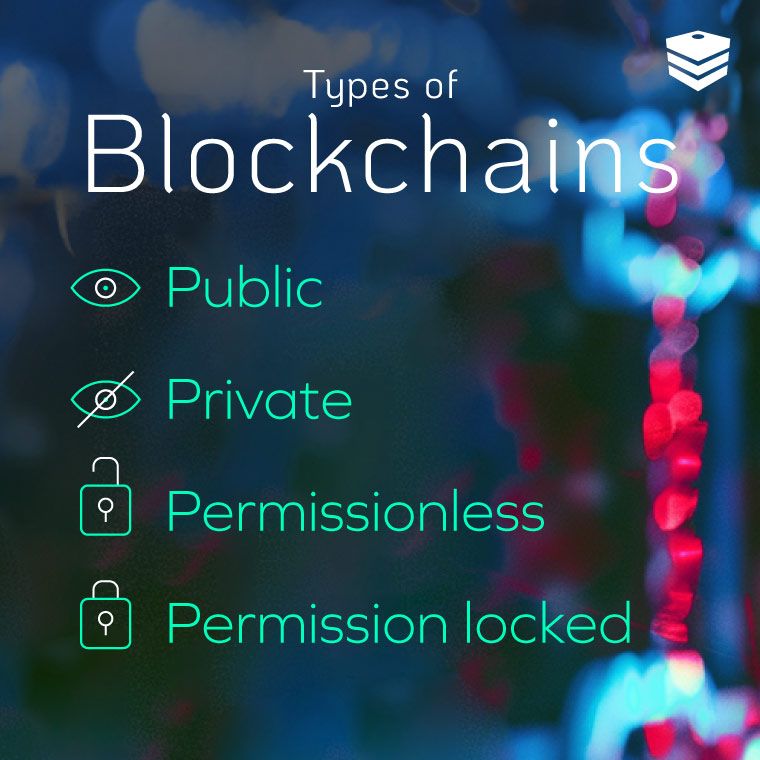Secure Data Protection
Blockchain Security: Everything You Need to Know
July 23, 2024
9 minute read

While blockchain technology isn’t new, it’s rapidly risen in popularity over the past few years. This is largely due to the development and growth of the cryptocurrency market and new blockchain use cases like the non-fungible token (NFT) craze. However, with the widespread adoption of blockchain networks, blockchain cybersecurity is more important than ever.
If your organization is going to use a blockchain network in any capacity, you’ll first want to familiarize yourself with blockchain security best practices in order to protect both company data and employee information.
Sign up for our newsletter!
Before getting into the specific security measures that protect data on a blockchain network, let’s review the key principles of blockchain tech. Join us below as we explore blockchain networks and blockchain security in more depth!
Put your network security to the test by reviewing DOT Security’s Cybersecurity Checklist: How Covered Is Your Business?
Key Principles of Blockchain
To implement blockchain security measures, we need to know how blockchain technology operates. The key principles of blockchain tech include:
1. Decentralization: One of the core principles of blockchain technology is decentralization. Unlike traditional centralized systems where a single entity has control over the entire network, blockchain distributes control across a network of nodes. Each node in the network holds a copy of the entire blockchain and participates in the validation and recording of transactions.
This decentralization fosters greater transparency, as all transactions are recorded on a public ledger that can be audited by anyone, and also eliminates issues around a single –point –of failure.
2. Transparency and Immutability: Blockchain transactions are recorded on a public ledger that is visible to all participants in the network. Once a transaction is added to the blockchain, it cannot be altered or deleted.
This immutability is achieved through cryptographic hashing, where each block contains a hash of the previous block, creating a chain of blocks resistant to tampering. Transparency and immutability ensure that all participants have a consistent view of the ledger, promoting trust and accountability.
3. Consensus Mechanisms: Consensus mechanisms are protocols that make sure all of the nodes in the blockchain network agree on the validity of transactions. There are various consensus mechanisms, with proof of work (PoW) and proof of stake (PoS) being the most well-known.
In PoW, miners compete to solve complex mathematical problems to add new blocks to the blockchain, ensuring the integrity of the network through computational effort.
PoS, on the other hand, selects validators based on the number of tokens they hold and are willing to "stake" as collateral. These mechanisms prevent double-spending and ensure that the blockchain remains secure and synchronized across all nodes.
4. Cryptographic Security: Blockchain relies heavily on cryptographic techniques to secure data and control access. Public and private keys are used to manage identities and permissions within the network. Public keys act as addresses to which transactions are sent, while private keys are used to sign transactions, providing proof of ownership and authorization.
This cryptographic framework ensures that only the rightful owners can access their assets and perform transactions, preventing unauthorized access and fraud. Additionally, hash functions are used to secure the integrity of data, making it nearly impossible to alter information without detection.
5. Distributed Ledger Technology (DLT): Distributed Ledger Technology (DLT) underpins blockchain, allowing the creation and management of a distributed database that is maintained by multiple participants. In a blockchain, the ledger is distributed across all nodes, and each node holds an identical copy.
This distributed nature ensures that the system is better protected against data loss and corruption, as there is no single point of failure. It also enhances security, as an attacker would need to compromise a majority of the nodes to alter the ledger, which is extremely difficult in a large, well-maintained network.
Blockchain and Data Privacy Concerns
Despite its recent popularity, blockchain technology raises significant data privacy concerns. In public blockchains, all transactions are recorded on a public ledger, viewable by anyone. Although participants do mask their identities, linking public keys to real-world identities through blockchain analysis can expose sensitive information, compromising user privacy.
This transparency is a major concern for individuals and businesses requiring confidentiality.
The immutable nature of blockchain further complicates privacy issues. Once data is recorded, it cannot be altered or deleted, meaning any sensitive information included in a transaction remains permanently accessible. This permanence conflicts with data protection regulations like the General Data Protection Regulation (GDPR), which grants individuals the right to have their personal data erased.
Even worse, advanced analytics can trace and de-anonymize users, posing risks for those needing true anonymity.
To address these privacy challenges, some blockchain systems use off-chain solutions or hybrid models, storing sensitive data off the blockchain while recording cryptographic proofs on-chain. However, this introduces complexities and potential security risks associated with managing off-chain data storage.
Balancing privacy with transparency and security is an ongoing challenge requiring innovative solutions and collaboration between regulators and the blockchain community.
Monitoring Blockchain Networks
Monitoring blockchain networks is crucial for maintaining security, performance, and compliance. Continuous observation helps identify and respond to potential threats like double-spending and 51% attacks in real-time, preventing breaches and protecting users' assets. Detecting abnormal patterns or anomalies swiftly allows for timely intervention to safeguard the network's integrity.

Performance monitoring ensures blockchain networks operate efficiently, especially under high transaction volumes. By tracking relevant metrics, administrators can address issues like slow transaction processing and network congestion. This helps maintain a reliable network, ensuring a positive user experience and scalability.
Compliance with regulatory requirements is another key reason for monitoring blockchain networks. Monitoring ensures transactions adhere to legal standards, such as anti-money laundering (AML) and know-your-customer (KYC) regulations.
Comprehensive monitoring provides an audit trail for forensic analysis and reporting, demonstrating compliance to regulatory authorities and building trust with users. Additionally, it contributes to the blockchain ecosystem's health by identifying issues early and enabling collaborative improvements, fostering a secure and efficient environment for innovation.
Prioritizing Cybersecurity in Blockchain Networks
Prioritizing cybersecurity in blockchain networks starts with robust consensus mechanisms like proof of work or proof of stake, which prevents malicious activities. These mechanisms require significant computational power or cryptocurrency staking to validate transactions, making attacks economically unfeasible. Ensuring a decentralized network of nodes further improves security by reducing the risk of any single entity gaining control.
Securing cryptographic keys is another critical aspect. Users must safeguard their private keys using hardware wallets, secure key storage solutions, or multi-signature wallets. Regular audits and updates of cryptographic protocols are essential to address potential vulnerabilities. Educating users on best practices for key management significantly reduces the risk of unauthorized access and theft.
Finally, regular monitoring of the blockchain network for suspicious activities and vulnerabilities is vital. Automated monitoring tools and anomaly detection systems help identify unusual patterns indicating security breaches. Regular security audits and penetration testing can identify and fix vulnerabilities before exploitation.
Wrapping Up on Blockchain Security
Blockchain technology has become incredibly popular over the past few years as it is one of the fundamental driving forces behind the cryptocurrency market. With that in mind, knowing how to prioritize cybersecurity within a blockchain network is vital for many modern businesses.
Protecting data, users, and company information needs to be a top priority for any organization looking to implement blockchain technology.
Find out how your current cybersecurity strategy holds up when compared to industry standards and best practices by reviewing DOT Security’s Cybersecurity Checklist: How Covered Is Your Business?
